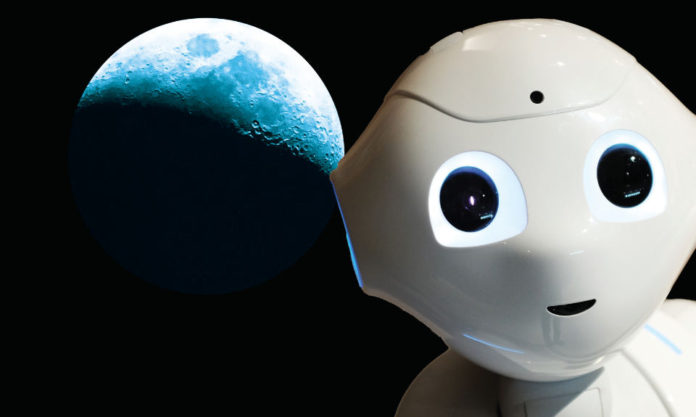The Four Great Inventions of paper, gunpowder, printing and the compass are the four most amazing and revolutionising innovations that came from ancient China. In the modern world, creative innovations include the first AI teaching assistant, making a house out of 3D-printed parts and clones of monkeys.
All illustrate cutting edge innovation. But one idea really takes the biscuit; plans for an artificial moon for Chengdu, capital of China’s Sichuan Province.
Chengdu’s artificial moon is a satellite that will be launched into space to orbit above Chengdu and reflect the sun’s light at night on to the city to replace streetlights. According to officials, it will be able to shine eight times brighter than the moon and save huge sums of money.
The idea has been around for a while; China released plans for it back in October, 2018. According to Wu Chungfeng, Chairman of Chengdu Aerospace Science and Technology Microelectronics System Research Institute, the moon would focus its reflected light only onto the city of Chengdu itself..
Such a concept of reflecting the sun’s light at night was inspired by a French artist who thought that if there was a necklace of mirrors above the earth it would reflect the sun’s light all year round in Paris. While the plan for this innovation is to save electricity and money it has both advantages and disadvantages.
As previously mentioned one of the main benefits of the artificial moon will be the money it saves. Since it replaces streetlights at night it is estimated to save US$170 million a year which would have been otherwise used for electricity. It would also be reflecting the sun so if there was any emergency and a blackout happened, there would still be light. However, Mr. Wu did say that the fake moon’s light would only amount to a fifth that of streetlights.
There are also theories that the light would affect animals and their monthly rhythms and biological processes. John Barentine, Director of Public Policy at the International Dark-Sky Association, said, “This potentially creates significant new environmental problems with what, at first, seems like a novel approach to an already solved problem”.
All of the benefits or disadvantages of the fake moon cannot be 100 percent accurate, not until it is actually launched and its effects are analysed. However, the biggest question is whether or not Chengdu’s fake moon will be a success or will it fail?
China has often flourished where other countries have floundered. In 1994, Vladimir Syromyatnikov, a Russian engineer tried to launch an artificial moon for this purpose. The satellite was called Znamya which means “banner” in Russian and it did work, at least partially. Astronauts on the International Space Station could see it reflecting a beam of light towards earth. However, those on Earth in the beam’s path only saw it for a moment. The issue was that the satellite was moving at 7 km/s so it would only flash over any one spot on the ground for a second. Had wanted it to stay in place they would have had to put it 36,000 km above the earth, i.e. in geostationary orbit. According to Scottish physicist, Scott Manley, if China were to put it that high, a much bigger mirror would be needed; Russia’s had a diameter of 65 metres.
With little news released about the Chengdu artificial moon of late, the project may have missed its initial self-imposed deadline. The plan for the satellite was for it to be launched at some point in 2020 but an exact date was never given. It was also said that if it was successful, then China would launch three more by 2022.
Where there are plenty of ups and downs to the project, Chengdu’s authorities, the moon’s designers and the media at large seemed to have missed perhaps the singularly most important point. What if it’s cloudy?









